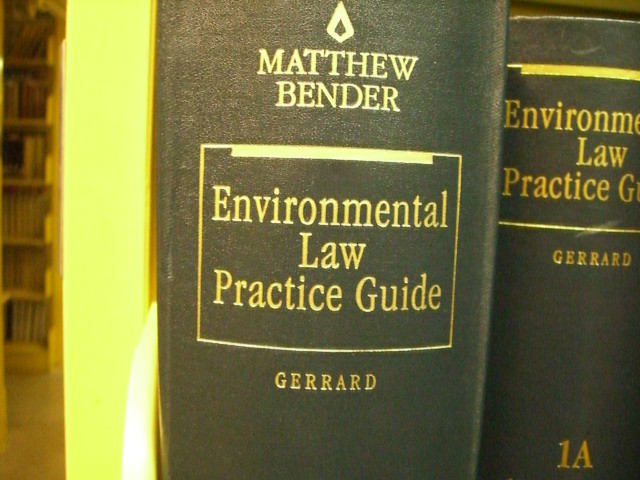
The Role of Public Interest Groups in Shaping Environmental Law
Introduction
The 2023 National Lawyers Convention organized by The Federalist Society featured an outstanding panel on environmental law and property rights, titled “Defend the Constitution, Save the Planet.” During the discussion, a crucial point was raised regarding federal agency jurisdiction and its limits. This point needs to be understood by people with liberal and conservative ideologies alike as we approach questions of federal agency jurisdiction, particularly in the environmental sphere.
Jurisdictional Limits of Federal Agencies
It is important to note that when Congress enacts a law that sets limits to the jurisdiction of a federal agency, the limits are intended to safeguard people and properties outside of that limit against regulatory and enforcement activities of the federal agency. When a federal agency exceeds the power granted by its statutory jurisdiction, it is behaving unlawfully, and therefore tyrannously. This should be a shared understanding among people, regardless of whether they hold liberal or conservative views.
Regulatory Reach and Statutory Limits
A regulatory agency must have clearly defined jurisdictional limits to perform its functions. In some cases, these limits can only be established through litigation. While one side represents a private party, the other represents the government. Both sides are litigating in the public interest, with private parties protecting their own rights as well as the rights of other individuals who should be outside of the regulatory agency’s control.
As someone who was responsible for administering the Army Corps of Engineers’ wetlands regulatory activities for several years, it is fair to say that my team extended our regulatory reach beyond the statutory limits. This was done to ensure we fulfilled our duties, extending our regulatory reach to the farthest extent of our then-current understanding of the statutory limits. Failure to do so would have been a dereliction of duty, as much as it would have been tyrannous. Therefore, it is worth pointing out that federal agencies often exercise power outside of their jurisdictional limits in good faith and it is not always done out of any improper motive.
Conclusion
In conclusion, defining the jurisdictional limits of federal agencies is crucial to the proper functioning of these agencies. It is not just the responsibility of the government but of all individuals. Understanding and respecting these limits, regardless of one’s political views, is necessary to avoid unlawful and unnecessary regulation of the society. Finally, when pursuing such boundaries in litigation, both sides are working in the public interest, and the private parties, in particular, end up safeguarding the rights of all the other people who should be outside of the agency’s jurisdiction.
Keywords
- Environmental law
- Property rights
- Public interest groups
- Federal agency jurisdiction
- Statutory jurisdiction
- Regulatory reach
- Litigation
- Good faith
Originally Post From https://fedsoc.org/commentary/fedsoc-blog/what-is-the-public-interest-in-environmental-law
Read more about this topic at
LII Wex jurisdictional amount – Law.Cornell.Edu
Jurisdictional vs geographical limits


